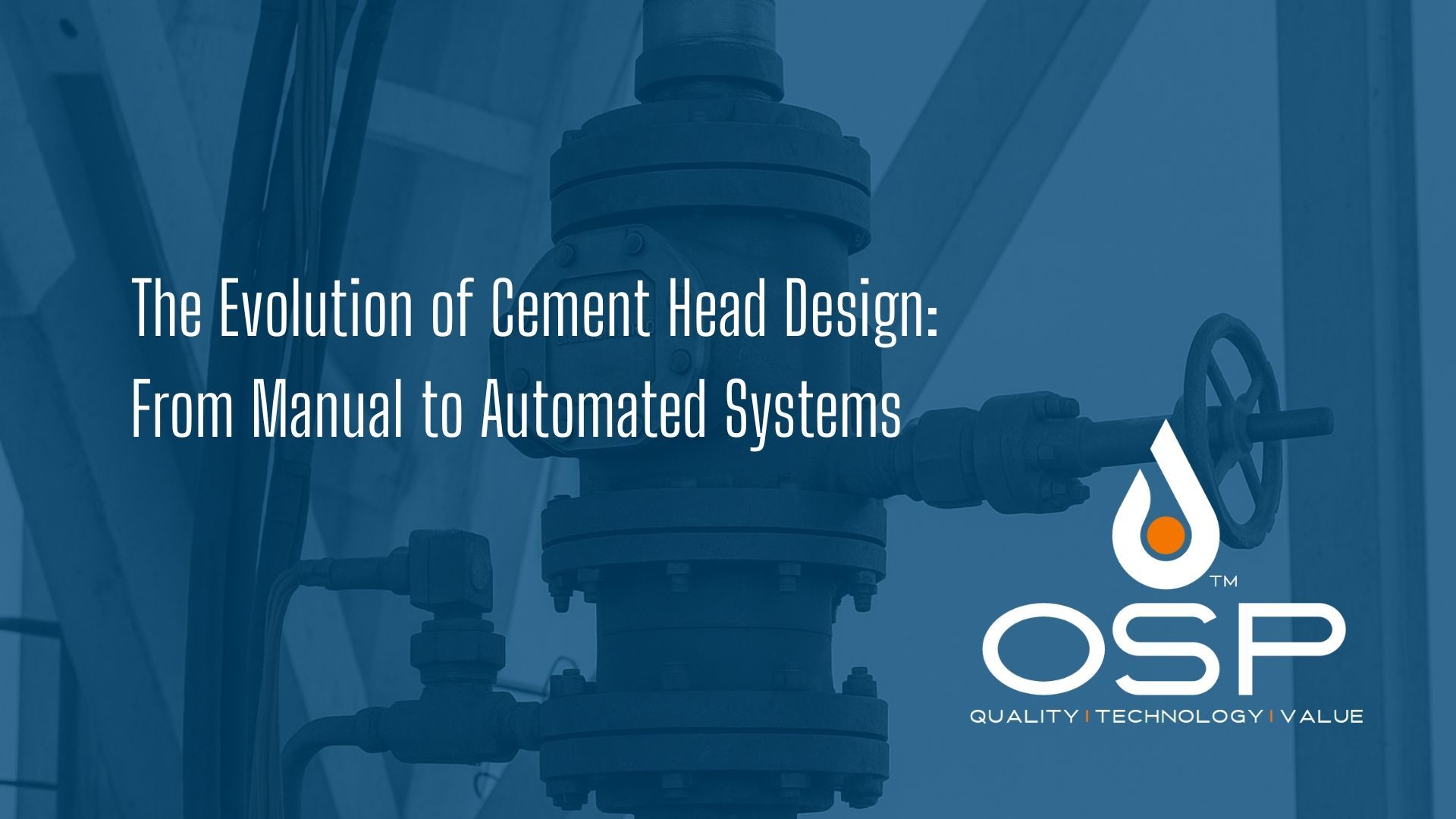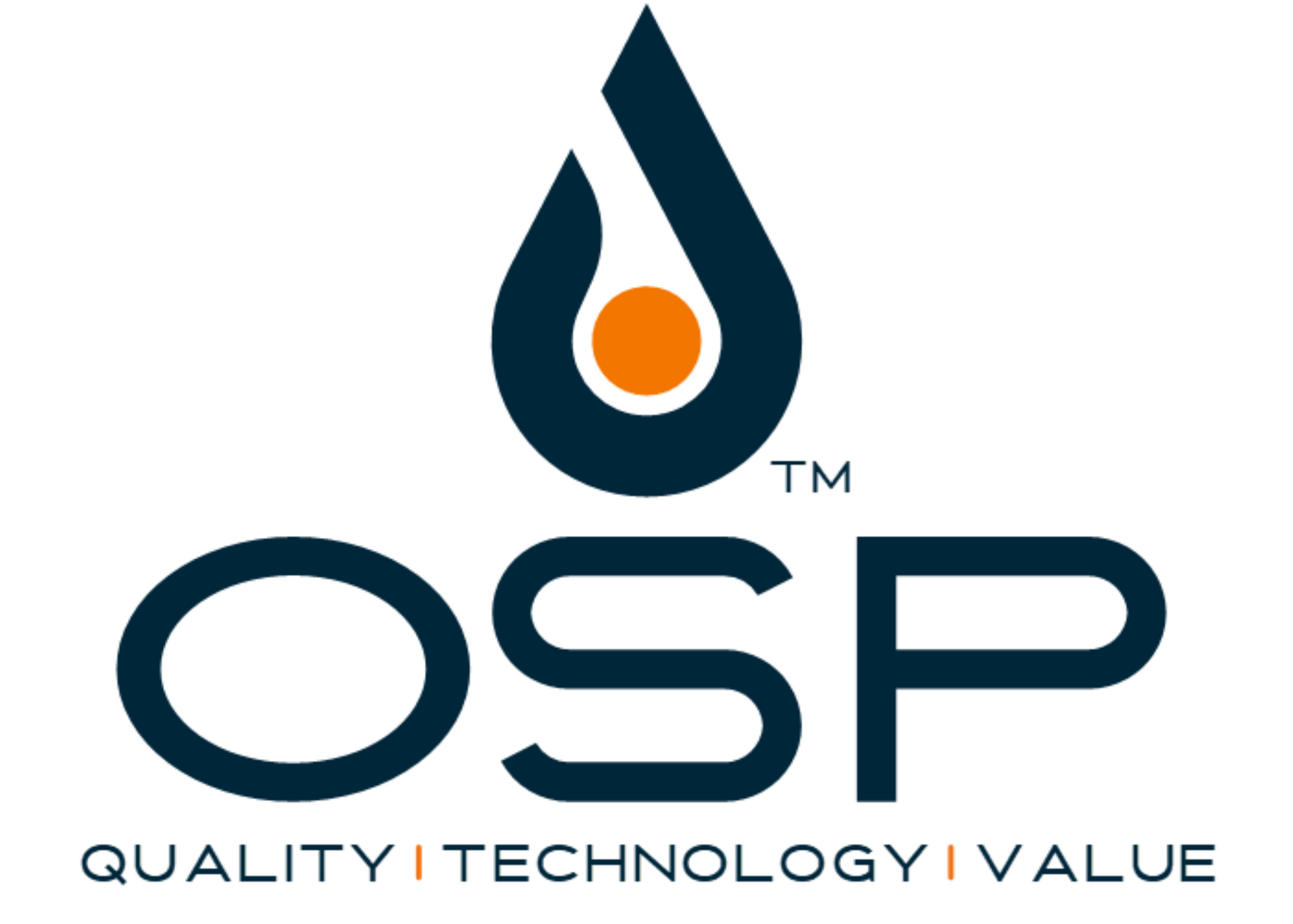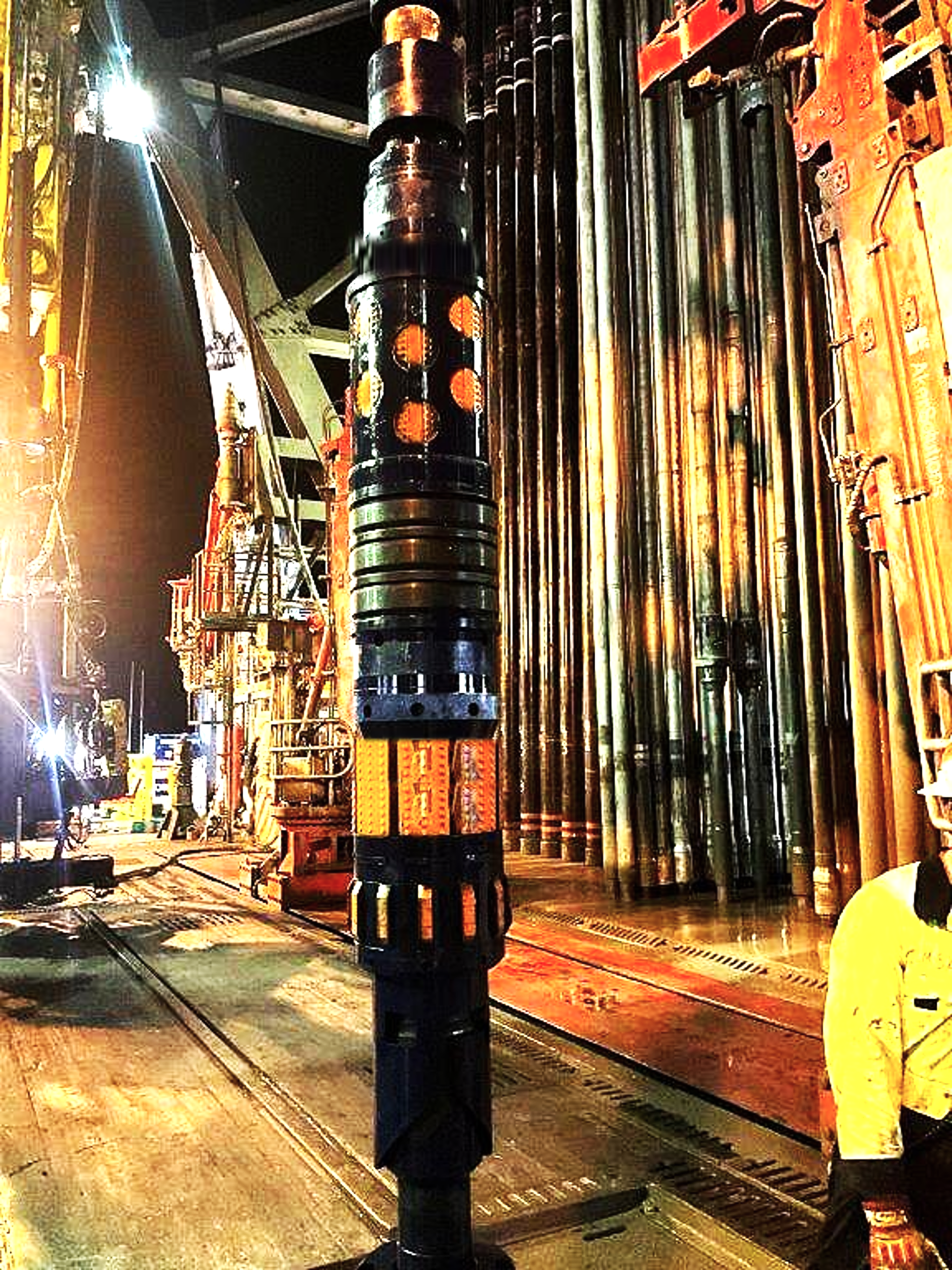Understanding the Differences Between Cement Retainers and Bridge Plugs: How OSP's Advanced Solutions Ensure Well Integrity and Operational Efficiency
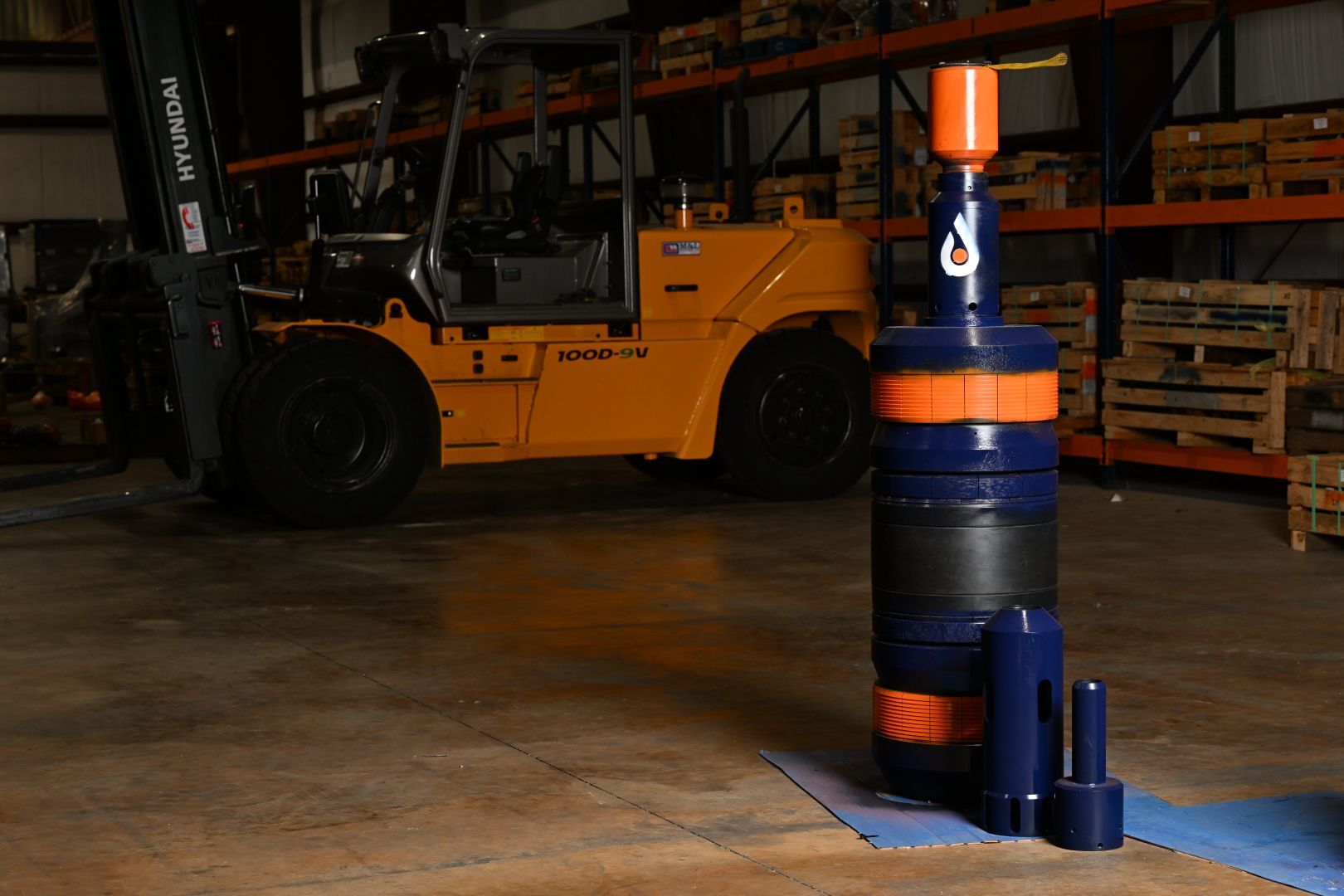
When it comes to wellbore operations in the oil and gas industry, choosing the right tools for zonal isolation and wellbore integrity is essential. Two commonly used tools in these processes are the cement retainer plug and the bridge plug. While both tools are designed for isolation, they serve different purposes and are utilized in different scenarios, especially during interventions like cementing, production shut-in, or well abandonment. Understanding the differences between these two tools can help operators make informed decisions for their specific well operations.
Cement Retainer Plug: Precision in Squeeze Cementing Operations
A cement retainer plug is primarily designed for squeeze cementing operations, where its purpose is to isolate sections of the wellbore and direct cement into specific zones. This makes it a crucial tool for achieving effective zonal isolation in a controlled and precise manner.
The cement retainer typically features a sliding valve mechanism, which allows for the regulation of fluid or cement flow into the annulus of the wellbore. This mechanism enables the operator to control when cement is allowed to pass through the tool, offering flexibility during cement placement operations. Once the cementing operation is complete, the valve can be closed to prevent further fluid movement, ensuring that the cement remains where it is needed. Cement retainers are drillable, meaning they can be easily removed or milled out after their job is done.
One of the key advantages of a cement retainer is its versatility in both remedial and primary cementing applications. It is particularly useful in high-pressure or high-temperature wells (HPHT) where maintaining well integrity is critical. Moreover, the cement retainer can withstand harsh downhole environments, making it a preferred tool for complex cementing tasks.
At Oilfield Service Professionals (OSP), we offer high-quality, API-compliant cement retainers like the BarrierPro™ Cast Iron Cement Retainer & SqueezePro™ Composite Cement Retainer. This tool is designed to facilitate efficient remedial cement placement and zonal isolation while ensuring long-term barrier system reliability. The BarrierPro™ & SqueezePro™ can handle a wide range of well conditions, providing durable performance and enhanced well integrity.
Bridge Plug: Reliable Zonal Isolation for Well Abandonment and Production Shut-in
The bridge plug is another downhole tool widely used in oil and gas well operations, but its function differs significantly from that of a cement retainer. Unlike cement retainers, which allow for fluid flow control, a bridge plug provides complete isolation of the wellbore section below it. This makes it an ideal solution for situations where an operator needs to completely shut in a well, either temporarily or permanently.
Bridge plugs are most commonly employed in operations like well abandonment, production shutdowns, or selective zone stimulation. In well abandonment, a bridge plug can permanently seal off a lower section of the well, preventing any further production or fluid movement. In cases of selective stimulation, the plug can temporarily isolate a zone while treatments or workovers are conducted on the upper sections of the well.
There are two types of bridge plugs: retrievable and permanent. Retrievable bridge plugs can be removed or drilled out when the operation is complete, making them ideal for temporary isolation during workover operations. In contrast, permanent bridge plugs are designed for long-term or permanent well isolation, such as in plug and abandonment (P&A) activities. At OSP, we offer the BarrierPro™ Large-Bore Hydra-Set™ Bridge Plug, a versatile and durable.
Key Differences Between Cement Retainer and Bridge Plug
While both cement retainers and bridge plugs are used for well isolation, there are several fundamental differences in their function and application:
- Flow Control: The cement retainer allows for controlled cement flow, offering the flexibility to open or close the valve during cementing operations. On the other hand, bridge plugs are designed for complete isolation, preventing any fluid flow after setting.
- Application: Cement retainers are primarily used in squeeze cementing to ensure proper placement of cement in specific zones of the wellbore. Bridge plugs are used for zonal isolation in scenarios like well abandonment, production shut-in, or selective stimulation.
- Removability: Cement retainers are designed for temporary use and can be drilled out after the cementing process is completed. Bridge plugs can be either permanent or retrievable, depending on whether the operator requires temporary or long-term isolation.
- Operational Focus: Cement retainers are essential for precise cement placement, ensuring zonal isolation during well interventions or remedial cementing operations. In contrast, bridge plugs are ideal for creating a permanent or temporary barrier within the wellbore, completely isolating sections for various operational needs.
How OSP’s Advanced Tools Can Support Your Well Operations
At Oilfield Service Professionals (OSP), we are committed to providing state-of-the-art solutions for well intervention and completion needs. Our products, such as the BarrierPro™ & SqueezePro™ Cement Retainer and BarrierPro™ & SqueezePro™ Bridge Plug, are engineered to deliver exceptional performance in both onshore and offshore environments. These tools are designed to meet API and ISO standards for quality and reliability, ensuring your wellbore operations run smoothly with minimized downtime.
Whether you need a cement retainer for squeeze cementing or a bridge plug for zonal isolation, OSP has the right solution for your specific well requirements. Our tools are built to handle extreme conditions, from high pressures to high temperatures, ensuring that your operations remain safe and efficient.
Conclusion
Choosing between a cement retainer and a bridge plug depends on the specific demands of your well intervention or abandonment operation. Cement retainers are ideal for squeeze cementing, offering precise control over cement placement, while bridge plugs provide complete zonal isolation, perfect for well abandonment or temporary shut-ins. Both tools play a critical role in ensuring wellbore integrity and operational efficiency. For expert solutions tailored to your well's unique challenges, Oilfield Service Professionals offers industry-leading tools that ensure reliable performance in even the harshest downhole environments. Contact us today to learn more about how our cement retainers and bridge plugs can support your next project.
Eliminating Downtime in HPHT Wells: How OSP’s Modular Drillable Barriers Are Solving Costly Deepwater Challenges
Meeting the Demands of Modern Wells
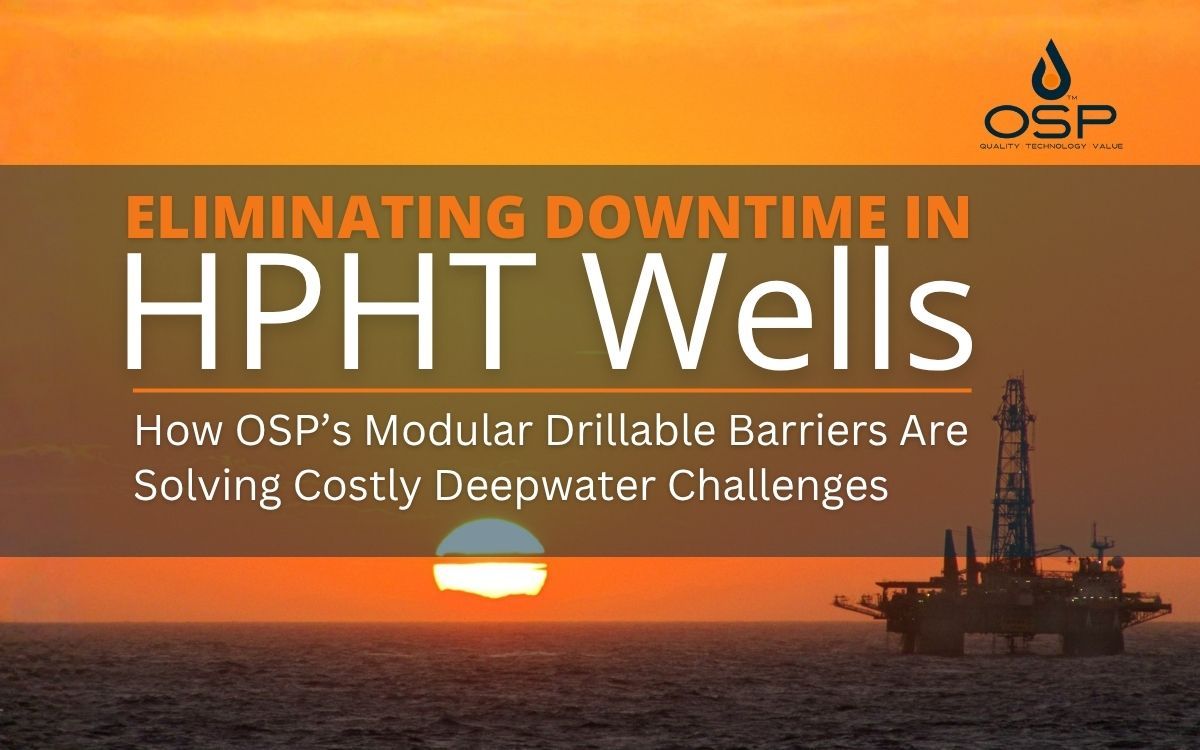
When Downtime Becomes the Real Enemy
In deepwater drilling, operators often talk about pressure, temperature, and depth as the ultimate tests of a well. But ask any drilling manager where the real pain lies, and you’ll often hear a different answer: non-productive time (NPT).
Every hour of rig time offshore costs tens to hundreds of thousands of dollars. When conventional drillable barrier systems fail to hold under high-pressure, high-temperature (HPHT) conditions, the price is steep: sidetracks, delayed completions, and strained budgets.
This is the problem Oilfield Service Professionals (OSP) set out to solve. The result is a suite of modular, field-proven tools BarrierPro™, SqueezePro™, and MultiPro™ engineered specifically for HPHT environments. By addressing the core limitations of traditional systems, OSP is helping operators reclaim efficiency, reduce risk, and protect margins.
The Pain Points of Conventional Systems
Operators drilling into the Lower Tertiary Gulf of America (GoA) or similar HPHT environments face a consistent set of challenges:
- Unreliable conveyance through Tieback Receptacles (TBR): Conventional plugs often struggle to pass-through casing ID transitions, leading to poor isolation.
- Limited adaptability: Most systems are designed for narrow use cases, forcing operators to carry large inventories of specialized BHAs.
- High drill-out times: Ferrous-heavy designs increase flat time during plug removal.
- Premature setting risks: Complex geometries can trigger failures before plugs reach depth.
The operational consequences are significant: costly contingency sidetracks, delayed production, and increased HSE exposure.
The Solution: A Modular, Field-Tested Suite
BarrierPro™ – Reliability at Depth
BarrierPro™ is a cast-iron retainer/bridge plug rated to API 11D1-V3 for 15,000 psi differential pressure. Its enhanced slip-retention system eliminates the need for composite bands or slotted segments, enabling superior anchoring and performance in HPHT wells.
Key benefits:
- Dependable sealing in complex high pressure environments
- Reliable conveyance through TBR transitions.
- Qualified barrier at 15,000 psi differential.
- Seamless integration with OSP’s MultiPro™ setting platform.
SqueezePro™ – Cement Assurance Simplified
For cement remediation and annulus repair, SqueezePro™ offers semi- and fully-composite designs that deliver sealing integrity while dramatically reducing drill-out times.
Key benefits:
- Rapid drill-out, reducing rig time.
- Reliable isolation for cementing operations.
- Seamless integration with OSP’s MultiPro™ setting platform.
MultiPro™ – Deployment Versatility
The MultiPro™ system is a field-convertible setting platform. Compatible with mechanical, hydraulic, and wireline deployment, it reduces tool OD and length for easier clearance through tight geometries.
Key benefits:
- One system adaptable across casing sizes and grades.
- Inventory simplification.
- Improved annular clearance and faster drill-out efficiency.
Case Study 1: 31,000-ft Micro-Annulus Remediation
An operator in the Gulf of America faced severe micro-annulus issues in a 15,000 psi-rated well at 31,000 ft. Traditional tools had repeatedly failed to seal across TBR transitions.
OSP solution:
- Deployed BarrierPro™ with custom centralizer to ensure smooth passage through restrictions.
- Achieved a successful set at 31,000+ ft.
- Barrier passed API 11D1-V3 validation testing.
Results:
- Single-trip remediation completed successfully.
- NPT reduced significantly.
- Well integrity restored without sidetrack.
Case Study 2: Record-Setting 34,000-ft Barrier Installation
In another GoA project, an operator attempted to install a barrier at 34,000 ft—a record-setting depth with more than 850 premium casing connections. Competing tools had failed repeatedly.
OSP solution:
- Deployed BarrierPro™ Hydra-Set™ with CleanPro™ scraper.
- Combined scraper and barrier deployment in a single trip.
Results:
- First successful barrier set at 34,000 ft.
- Post-installation test exceeded 10,000 psi.
- No seal or setting failures.
- Operator avoided contingency sidetrack and costly delays.
The Value Delivered
The OSP Drillable Technology Suite provides measurable operator benefits:
- Reduced NPT: Faster deployment and drill-out save rig time.
- Risk Mitigation: Reliable sealing reduces likelihood of remedial work.
- Inventory Simplification: Modular system lowers logistical burden.
- Operational Flexibility: Multiple deployment options accommodate unpredictable downhole environments.
- Proven Reliability: Field data validates performance in the most extreme HPHT wells.
Turning Downtime into Uptime
The industry can’t afford the inefficiencies of legacy barrier systems. With field-proven tools like BarrierPro™, SqueezePro™, and MultiPro™, OSP delivers what operators need most: reliable performance in the harshest environments, fewer unplanned trips, and measurable reductions in NPT.
In short, OSP is transforming downtime into uptime, protecting both well integrity and operator economics in HPHT drilling.

